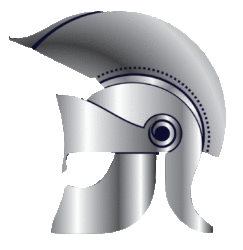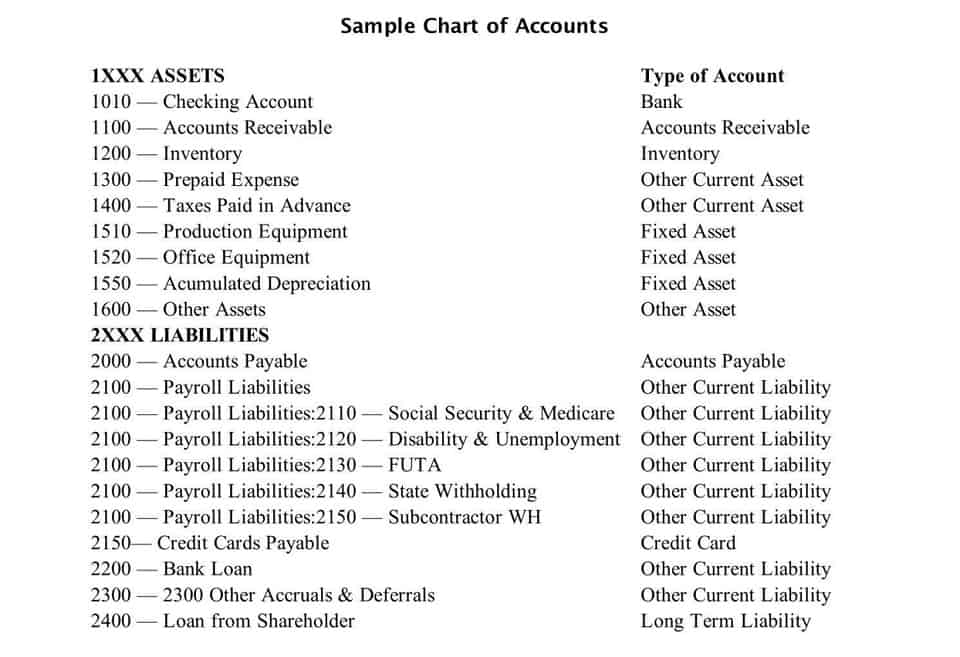Now that you are familiar with some basic concepts of the accounting equation and balance sheet let’s jump into some practice examples you can try for yourself. Under all circumstances, each transaction must have a dual effect on the accounting transaction. For instance, if an asset increases, there must be a corresponding decrease in another asset or an increase in a specific liability or stockholders’ equity item.
Shareholders’ equity comes from corporations dividing their ownership into stock shares. We use owner’s equity in a sole proprietorship, a business with only one owner, and they are legally liable for anything on a personal level. Therefore cash (asset) will reduce by $60 to pay the interest (expense) of $60. Drawings are amounts taken out of the business by the business owner.
- Other names for owner’s equity you may face are also net assets, or stockholder’s equity (for public corporations).
- So, let’s take a look at every element of the accounting equation.
- As inventory (asset) has now been sold, it must be removed from the accounting records and a cost of sales (expense) figure recorded.
- Metro purchased supplies on account from Office Lux for $500.
This transaction affects both sides of the accounting equation; both the left and right sides of the equation increase by +$250. For example, if a company becomes bankrupt, its assets are sold and these funds are used to settle its debts first. Only after debts are settled are shareholders entitled to any of the company’s assets to attempt to recover their investment.
Financial statements
In our examples below, we show how a given transaction affects the retail accountancy. We also show how the same transaction affects specific accounts by providing the journal entry that is used to record the transaction in the company’s general ledger. Each example shows how different transactions affect the accounting equations. If your business has more than one owner, you split your equity among all the owners. Include the value of all investments from any stakeholders in your equity as well.
Resources for YourGrowing Business
The purpose of this article is to consider the fundamentals of the accounting equation and to demonstrate how it works when applied to various transactions. For all recorded transactions, if the total debits and credits for a transaction are equal, then the result is that the company’s assets are equal to the sum of its liabilities and equity. The accounting equation is the most fundamental concept in double-entry bookkeeping.
What Is an Asset in the Accounting Equation?
This increases the accounts receivable (Asset) account by $55,000, and increases the revenue (Equity) account. Thus, the asset and equity sides of the transaction are equal. The https://www.wave-accounting.net/ is only designed to provide the underlying structure for how the balance sheet is formulated. As long as an organization follows the accounting equation, it can report any type of transaction, even if it is fraudulent. The Shareholders’ Equity part of the equation is more complex than simply being the amount paid to the company by investors. It is actually their initial investment, plus any subsequent gains, minus any subsequent losses, minus any dividends or other withdrawals paid to the investors.
This increases the inventory (Asset) account and increases the accounts payable (Liability) account. Thus, the asset and liability sides of the transaction are equal. This increases the fixed assets (Asset) account and increases the accounts payable (Liability) account.
This increases the cash account (Asset) by $120,000, and increases the capital stock (Equity) account. This reduces the cash (Asset) account and reduces the accounts payable (Liabilities) account. Taking time to learn the accounting equation and to recognise the dual aspect of every transaction will help you to understand the fundamentals of accounting.
These may include loans, accounts payable, mortgages, deferred revenues, bond issues, warranties, and accrued expenses. The accounting equation is also called the basic accounting equation or the balance sheet equation. When a company purchases goods or services from other companies on credit, a payable is recorded to show that the company promises to pay the other companies for their assets.
Deskera Books is an online accounting software that enables you to generate e-Invoices for Compliance. It lets you easily create e-invoices by clicking on the Generate e-Invoice button. Debits are cash flowing into the business, while credits are cash flowing out.
Revenue and owner contributions are the two primary sources that create equity. It’s telling us that creditors have priority over owners, in terms of satisfying their demands. While the basic accounting equation’s main goal is to show the financial position of the business. For example, an increase in an asset account can be matched by an equal increase to a related liability or shareholder’s equity account such that the accounting equation stays in balance. Alternatively, an increase in an asset account can be matched by an equal decrease in another asset account.
For small businesses, knowing how the accounting equation works can help you better understand financial statements, along with how bookkeepers do their jobs. Share repurchases are called treasury stock if the shares are not retired. Treasury stock transactions and cancellations are recorded in retained earnings and paid-in-capital. This article gives a definition of accounting equation and explains double-entry bookkeeping. We show formulas for how to calculate it as a basic accounting equation and an expanded accounting equation. Thus, there is no need to show additional detail for the asset or liability sides of the accounting equation.
Introduction to the Accounting Equation
If your accounting software is rounding to the nearest dollar or thousand dollars, the rounding function may result in a presentation that appears to be unbalanced. This is merely a rounding issue – there is not actually a flaw in the underlying accounting equation. The assets of the business will increase by $12,000 as a result of acquiring the van (asset) but will also decrease by an equal amount due to the payment of cash (asset). It’s essentially the same equation because net worth and owner’s equity are synonymous with each other. Other names for owner’s equity you may face are also net assets, or stockholder’s equity (for public corporations). The owner’s equity is the value of assets that belong to the owner(s).
The double-entry practice ensures that the accounting equation always remains balanced, meaning that the left side value of the equation will always match the right side value. The accounting equation is a concise expression of the complex, expanded, and multi-item display of a balance sheet. It can be defined as the total number of dollars that a company would have left if it liquidated all of its assets and paid off all of its liabilities. Based on the data in the previous section, here’s the journal entry to record the payment of the accrued December rent in January. Let’s take a look at the formation of a company to illustrate how the accounting equation works in a business situation. From the Statement of Stockholders’ Equity, Alphabet’s share repurchases can be seen.



